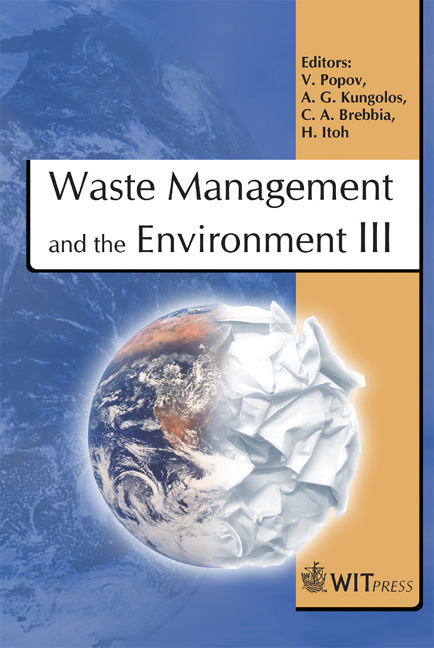Current Developments And Future Directions In Nuclear Waste Immobilisation
Price
Free (open access)
Transaction
Volume
92
Pages
10
Published
2006
Size
3320 kb
Paper DOI
10.2495/WM060021
Copyright
WIT Press
Author(s)
E. R. Maddrell & N. B. Milestone
Abstract
Current development work towards novel wasteforms required for the on-going decommissioning of the UK’s nuclear facilities is described. A discussion of possible management options for future spent nuclear fuel arisings is given. Keywords: nuclear, waste, wasteform, cement, glass, ceramic, spent fuel. 1 Introduction Two principal technologies are currently employed for the immobilisation of radioactive waste in the United Kingdom: vitrification for high level waste and cementation for various intermediate level waste streams. Cementation is used in a number of plants on the Sellafield site for the immobilisation of secondary waste streams arising from fuel reprocessing operations such as: metal swarf from the decladding of Magnox reactor fuel; PWR and AGR oxide fuel assembly hulls and ends; ferric hydroxide and other flocs; and barium carbonate slurries. Composite cement systems are used based on binary blends of Ordinary Portland Cement [OPC] with high replacement levels of either Blast Furnace Slag [BFS] for swarf, fuel hulls and slurries, or Pulverised Fly Ash [PFA] for flocs. For fuel assembly components the cement is mixed externally, poured into the drum and allowed to permeate around the metal swarf, whilst for flocs and slurries an internal mixing operation is required to produce a homogeneous blend of liquid waste and cement. Examples of typical immobilised product are shown figure 1. The main objective of cementation is the physical consolidation and stabilisation of the wastes until such a time that they can be moved to safe disposal.
Keywords
nuclear, waste, wasteform, cement, glass, ceramic, spent fuel.





